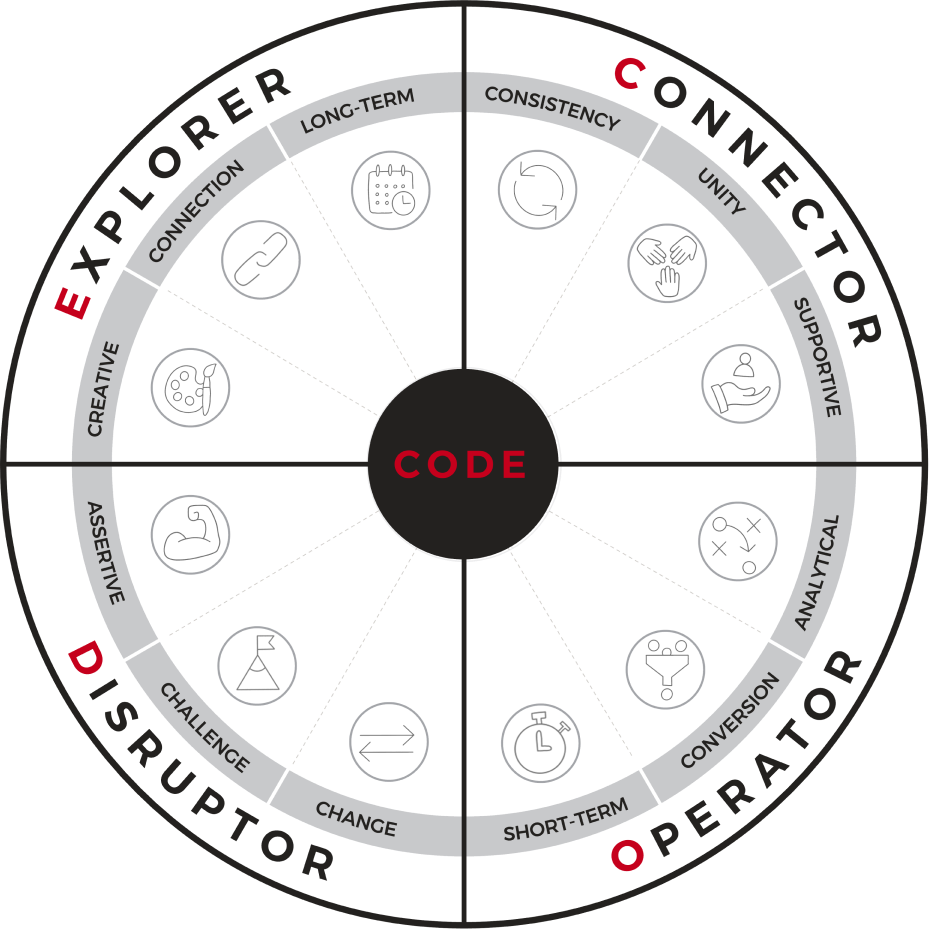Unity ANCHOR Factor
Builds trust and influence, establishing key relationship and alliances with the Leadership Team, so critical jobs get done. Politically savvy and a strong team player, aligning with the Leadership Team for the company benefit. Does what is right for the company even if this sacrifices marketing activity. Constructively drives project prioritisation. Adept at noticing group bias and managing Leadership Team brinksmanship around strategy. Ensures discussions are brought to a conclusion, so clear unified messages are delivered to the wider business.














